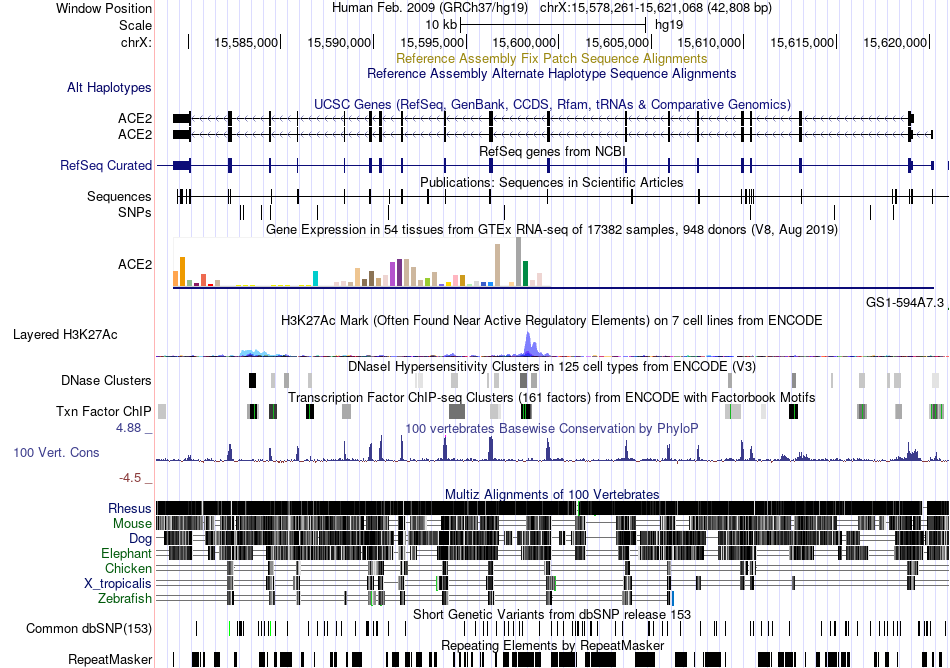Here’s a short list of well-documented atavistic traits:
Vestigial tails
Webbed fingers or toes
Supernumerary nipples
Excess body hair
Cervical ribs
Reversion of dentition patterns
Palmar grasp reflex in infants
Great question. DNA is just one place traits are stored. They are stored in communities as behaviors (humans: stories), structure (epigenetics), and even the environment.
Traits are stored environmentally through feedback loops where organisms shape their surroundings and those surroundings in turn constrain and guide subsequent generations. Beavers inherit dammed rivers; corals inherit reef geometries. The environment retains form and function: a kind of ecological memory parallel to genetic inheritance, and influences future behavior and perpetuates phenotype expression.
Ex. 1: Beavers and Ecosystem Inheritance:
Odling-Smee, Laland & Feldman (2003). Niche Construction: The Neglected Process in Evolution.
Environmental modifications (dams) persist for decades or centuries, shaping hydrology, vegetation, and food availability. Even if a local population disappears, future generations of beavers (or recolonizing species) “inherit” this pre-structured environment that reinforces dam-building behavior and associated morphologies (teeth, tails, musculature). The environment retains and reimposes selective pressures: a literal ecological memory.
Ex. 2: Coral Reefs and Environmental Template Feedback
Graham et al. (2014). Coral reef resilience: climate change and coral bleaching. Trends in Ecology & Evolution.
Reef architecture, built by corals and other calcifying organisms, creates stable temperature, light, and nutrient microenvironments. These environmental conditions in turn select for coral species and symbiotic creatures optimized for that physical structure. Even after bleaching events, the reef’s skeletons act as a morphological memory, guiding recolonization patterns and maintaining similar community forms.
Endless examples exist.
[Edit for clarity.]
